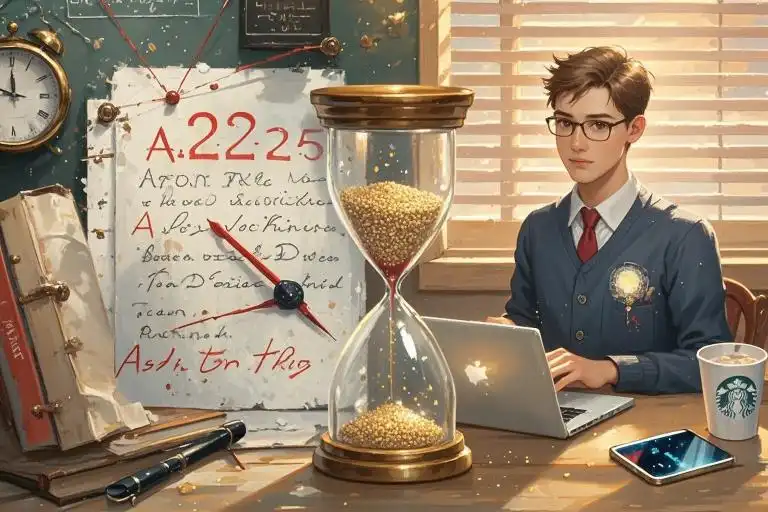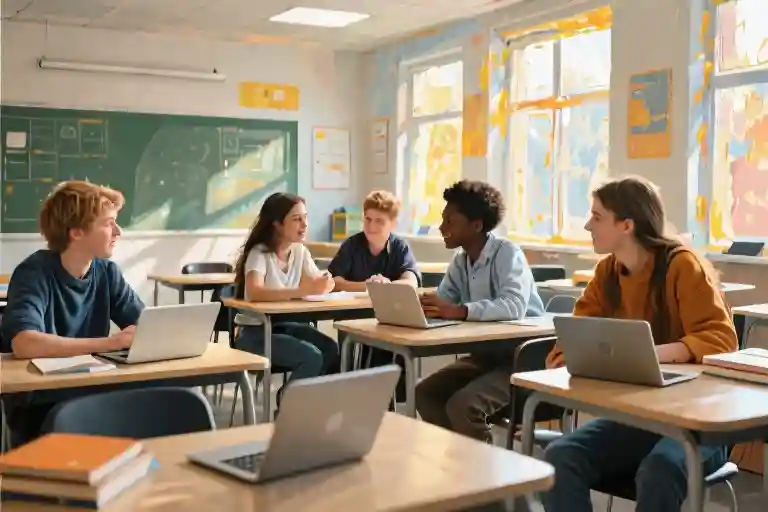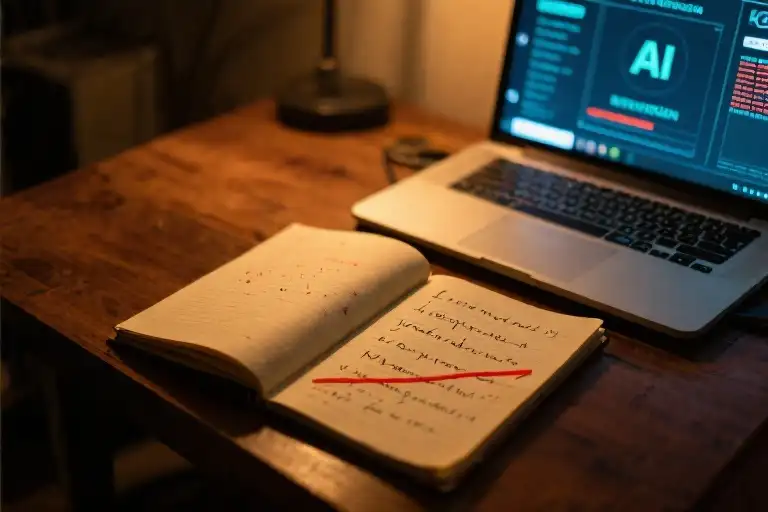I still remember Jenny’s paper from 1998. The college-ruled sheet trembled in her hands, blue veins of correction ink mapping where she’d mixed up “their” and “there.” Today? Her daughter submits essays through Google Classroom. The red squiggles vanish with one click, leaving no trace of struggle.
This isn’t about nostalgia for pencil shavings. It’s about what we lose when writing becomes frictionless.
When Pens Fought Computers (And Lost)
My classroom in ’92 smelled like ambition and Bic pens. Students wrote through mistakes – scratching out errors until notebook margins resembled battlefield trenches. Grammar wasn’t some abstract concept; it was the muscle memory of circling subjects and predicates every Tuesday at 10 AM.
Then came the Great Shift.
When I returned to teaching after raising my kids, schools had traded handwriting rubrics for Chromebook carts. The new mantra? “Teach grammar through writing!” Noble in theory, messy in practice. Imagine trying to explain traffic laws while students are crashing cars.
The Ghosts in the Machine
Let’s play spot-the-difference:
- 1995: Student revises sentence structure after failing a grammar quiz
- 2024: Student shrugs as Grammarly “fixes” passive voice
Modern tools aren’t evil – they’re just too good. When spellcheck handles heavy lifting, students’ brains skip the weight training. A 2022 Stanford study found teens using AI editors developed what I call “compositional complacency”:
“Why learn bridge-building when the app gives me a helicopter?”
Cursive Won’t Save Us (But This Might)
Before you raid eBay for vintage grammar workbooks, hear me out. The solution isn’t rejecting technology – it’s redesigning the relationship. Here’s what’s working in my classroom:
1. The “Ugly Draft” Method
I make students submit unedited ChatGPT responses… then tear them apart. Watching them dissect soulless corporate-speak (“utilize” instead of “use”) teaches more about voice than any textbook.
2. Error Archaeology
We analyze Google Docs version histories like ancient scrolls. Seeing how their writing evolved from “Me and him went” to “We went” builds meta-awareness no red pen could achieve.
3. Analog Thursdays
Once a week, we power off. No apps, no synonyms generators – just paper and the terrifying freedom to make permanent mistakes. The groans fade when Kayden realizes he can spot a run-on sentence without AI.
The Paper Plane Rebellion
Education wonks keep debating “cursive vs coding,” missing the real issue: writing isn’t dying. It’s being redefined. My students text in hieroglyphics (emojis + abbreviations), craft viral TikTok captions, and debug Python scripts. Their literacy isn’t worse – it’s wider.
Our job isn’t to chain them to MLA format. It’s to help them bridge digital fluency with timeless skills:
- Persuasion over perfect punctuation
- Critical thinking beyond Ctrl+Z
- Voice that survives any algorithm
The trenches look different now. Instead of ink-stained hands, we fight distraction and instant gratification. But when Jayden – who’d never written more than Discord messages – crafts a poem that makes his gaming buddies cry? That’s a victory no app can replicate.





